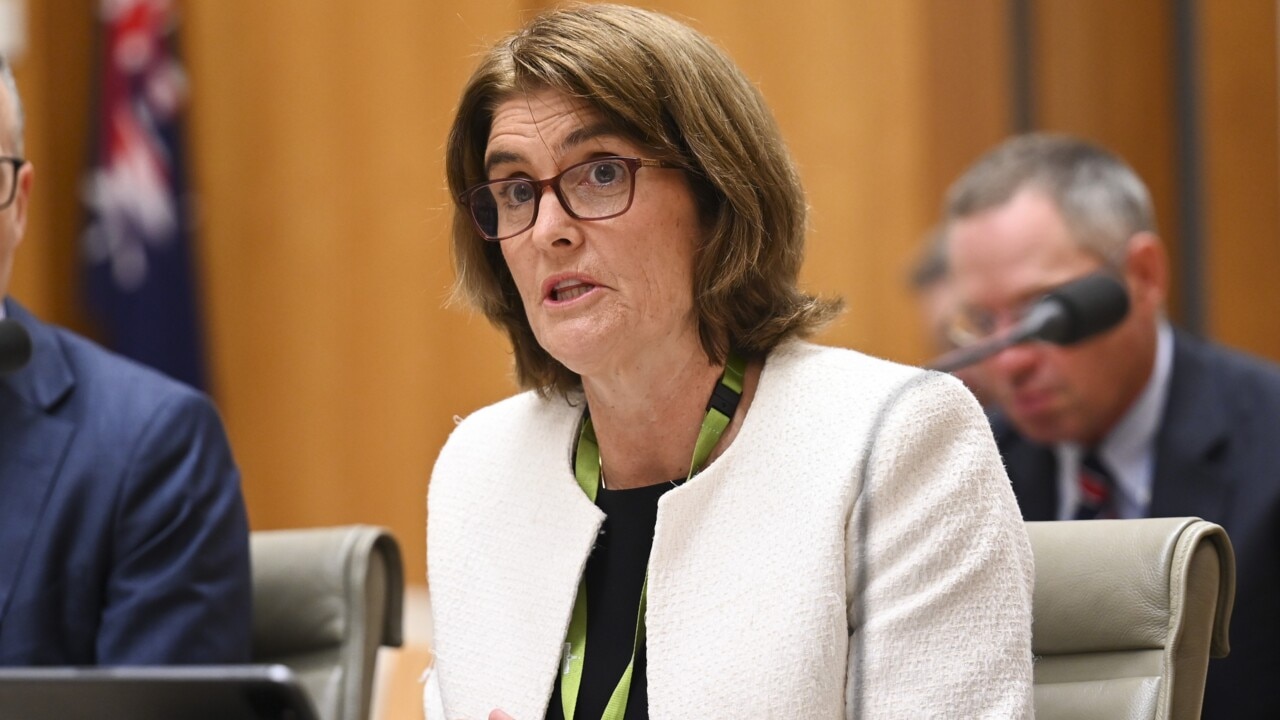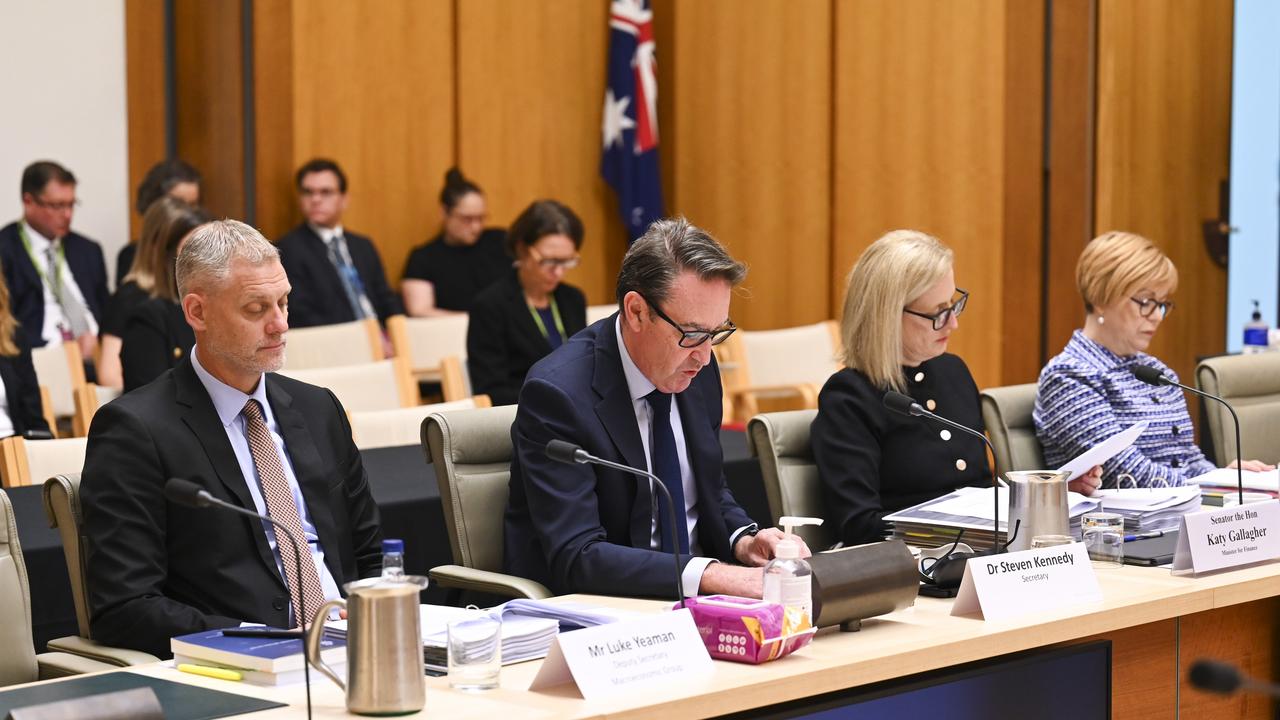Treasury hints a second budget surplus, signals opportunity to curb unemployment rate
Treasury officials have signalled falling inflation and low unemployment rates as a positive sign for the nation’s future.

Breaking News
Don't miss out on the headlines from Breaking News. Followed categories will be added to My News.
Treasury officials have indicated that Australia’s economy is currently moving in the right direction, raising the possibility of a future budget surplus.
Appearing at a Senate estimates hearing on Tuesday, Treasury Secretary Steven Kennedy said inflation was on track to fall to 2.75 per cent next year with “no evidence of a wage-price spiral” and “no evidence of a change in inflation expectations.”
This came after the RBA announced its revised inflation forecast last week, which pointed to a drop in inflation to 3.3 per cent by June 2024, lower than the predicted 3.9 per cent.
“The 2023 mid-year economic and fiscal outlook released in December continued to show welcome improvements in the near-term fiscal outlook,” Dr Kennedy said.
“A small deficit of $1.1 billion is now forecast for 23-24 – an improvement of $12.8bn compared to budget. In total, over the forward estimates the underlying cash balance has improved by $39.5bn.

“Given iron ore and metallurgical coal prices have remained above (what was) assumed by the MYEFO glide path. There are further upside risks to tax receipts.”
Dr Kennedy said the falling inflation rate raised a “historic” opportunity to hold Australia’s unemployment rate below 4 per cent on an ongoing basis.
According to the most recent data from the Australian Bureau of Statistics (ABS), the seasonally adjusted unemployment rate sat at 3.9 per cent in December.
“It looks to me that we could hold this unemployment rate at lower levels than we’ve seen for many decades,” Dr Kennedy said.
“Such an outcome would be life-changing for many disadvantaged Australians.”

Asked about the government’s incoming stage 3 income tax cuts, due to come into effect on July 1, Dr Kennedy said the department had been considering cost-of-relief measures since 2022 and said the changes were the most “appropriate” way to provide relief without stoking inflation.
He repeated that officials had not been specifically tasked by Treasurer Jim Chalmers to look at the already legislated tax changes.
“Unanticipated cost of living increases associated with the rapid rise in inflation and rising interest rates have disproportionately impacted low and middle income household households who have less capacity to absorb rising prices,” Dr Kennedy said.
“Our advice recommended that redesigning the stage three tax cuts was the most appropriate way of providing relief to households affected by cost of living pressures.”
When asked about negative gearing and its impact on the housing supply, Dr Kennedy confirmed there had been no changes to investment property taxes and said it was a “constant struggle” to keep housing costs and rents affordable in large cities.
“The main driver of house prices at the moment are the balances of supply and demand,” he said.
Originally published as Treasury hints a second budget surplus, signals opportunity to curb unemployment rate






